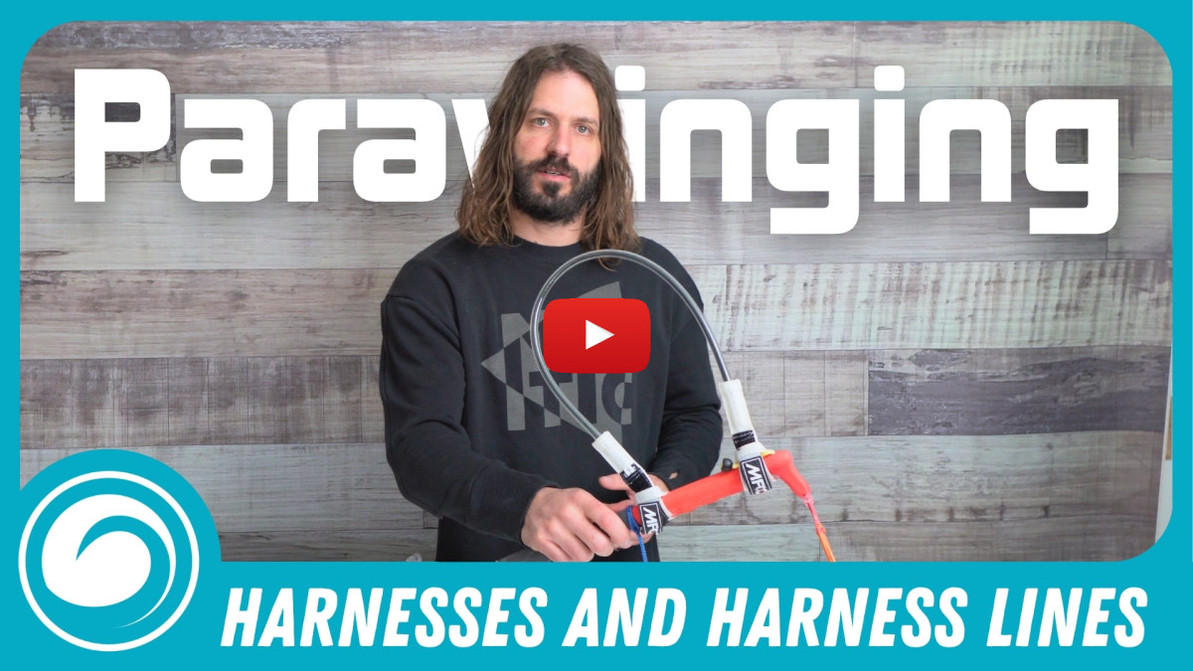How a Harness and Harness Line Makes Parawinging Easier
Parawinging has quickly gained momentum in the wing foiling community, so Tucker has decided to address some questions people are having about using a harness with them. Do I really need a harness? Which type of harness line should I use? And how do I connect a harness line to my parawing?
Should I Use a Harness with My Parawing?
Unlike flying a kiteboarding kite, a harness is optional when parawinging. You can use the parawing perfectly well without a harness. However, parawings can develop a lot of power and do get overpowered more easily than wings. This means that it can get fatiguing to use them over the course of your session, especially when you're riding upwind. If you can hook in, that's going to extend your session and give you more energy to focus on riding those waves. So yes, you probably should use a harness with your parawing, even if it's just a lightweight belt.
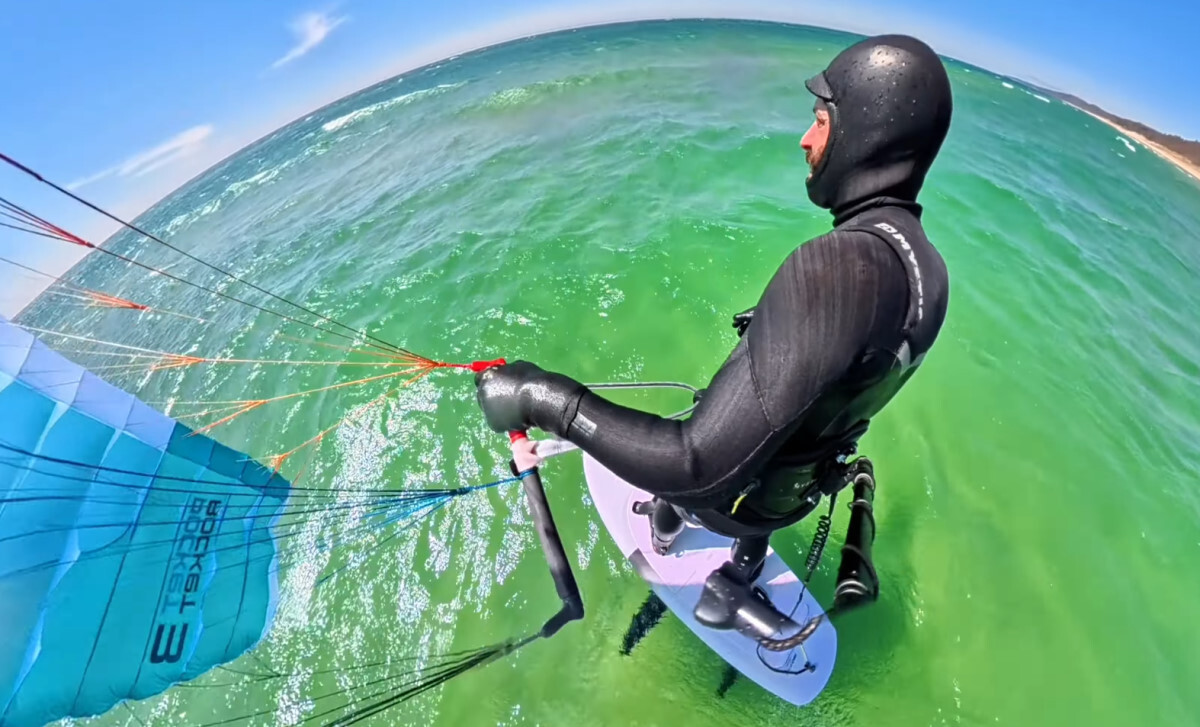
Which Type of Harness Line Should I Get?
There are essentially two kinds of harness line: a hard loop and a rope style.

The hard loop has the advantage of allowing you to hook in with the hand that's on the control bar. Because it's stiff and holds its shape, it's easy to pull in on the bar a bit to guide the loop to your harness hook. There isn't much on the loop to get snagged on your lines. This is probably the most popular type of harness line. Tucker even added a leash line connection to his, though if you do that, you'll want to be sure to have a quick release of some sort on it. If you drop your parawing in the waves, it's easy for it to get pulled by the current, and you want to be able to detach yourself from that.

A rope style harness line is lightweight and easy to pack away with your wing while you're riding. However, it's floppy and harder to hook back in with just one hand. Realistically, you'll need to use your other hand to help hook it back into your harness.
How Do I Connect My Harness Line to My Parawing?
Both styles of harness line connect to your bar near the front bridle lines. Because the connector loops do not open, you'll need to remove the front set of lines from the bar so you can slide the loop on. How you do this and how easy it is to do varies by brand, but it can be done on all of them. However, even the easier ones still take several minutes, so if you have more than one wing, plan on getting a separate harness loop for each one so you can just leave it on rather than swapping them out each time you change wings.
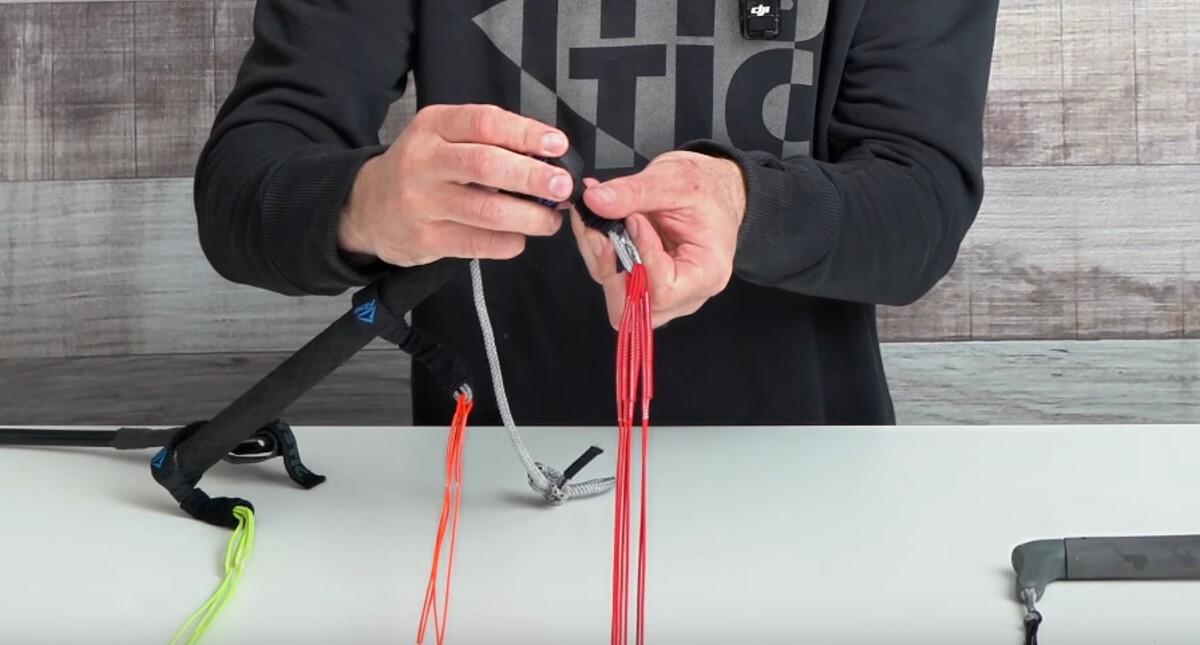
With a hard loop harness line, position one attachment loop near the front bridle lines and the other close to the center lines. Both will be on the same side of the center lines, so you only need to remove one set of lines to slide both loops on. These loops cinch down to the diameter of your bar and then secure with velcro.

You have a couple options with your rope harness. You can connect the loop near the front bridle lines, and then use a pigtail to connect the other end near the center bridle lines for a setup similar to the hard loop. However, you'll need to pull in with your flying hand and use your other hand to guide the harness loop onto your hook, and this can be a challenge in powered conditions.
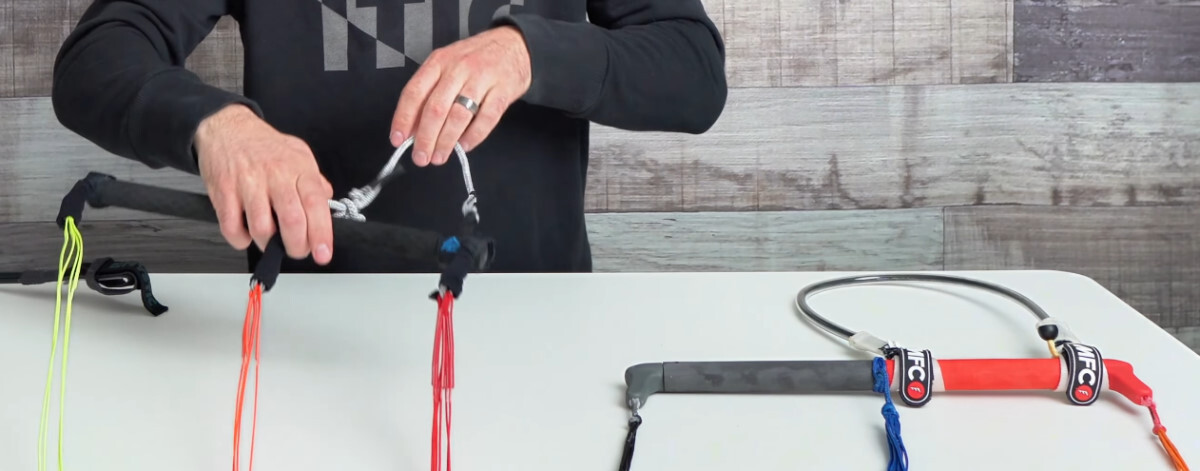
Tucker prefers to connect only one end to the bar near the front bridle lines. Then he can use his free hand to pick up the dangling loop at the end of his harness line and place it on the hook. This setup also has the advantage of making the front of the bar a pivot point, allowing you to easily adjust how much power the wing is getting. Setups where the harness line is connected to the bar at two points don't allow you to adjust the power while hooked in. If you fall while hooked in, the one-point connection will automatically depower the wing as well.

Which Size Harness Line Do I Need?
Harness lines come in different lengths, but they're not adjustable so you'll want to be sure to pick the one that's right for you. If you've got fairly long arms, then 30-32 inches should be about right. If you're smaller, then you may want something closer to 26 inches. You want your arm to be bent at a comfortable angle for controlling the parawing while you're hooked in, rather than stretched out or hunkered in against your body.
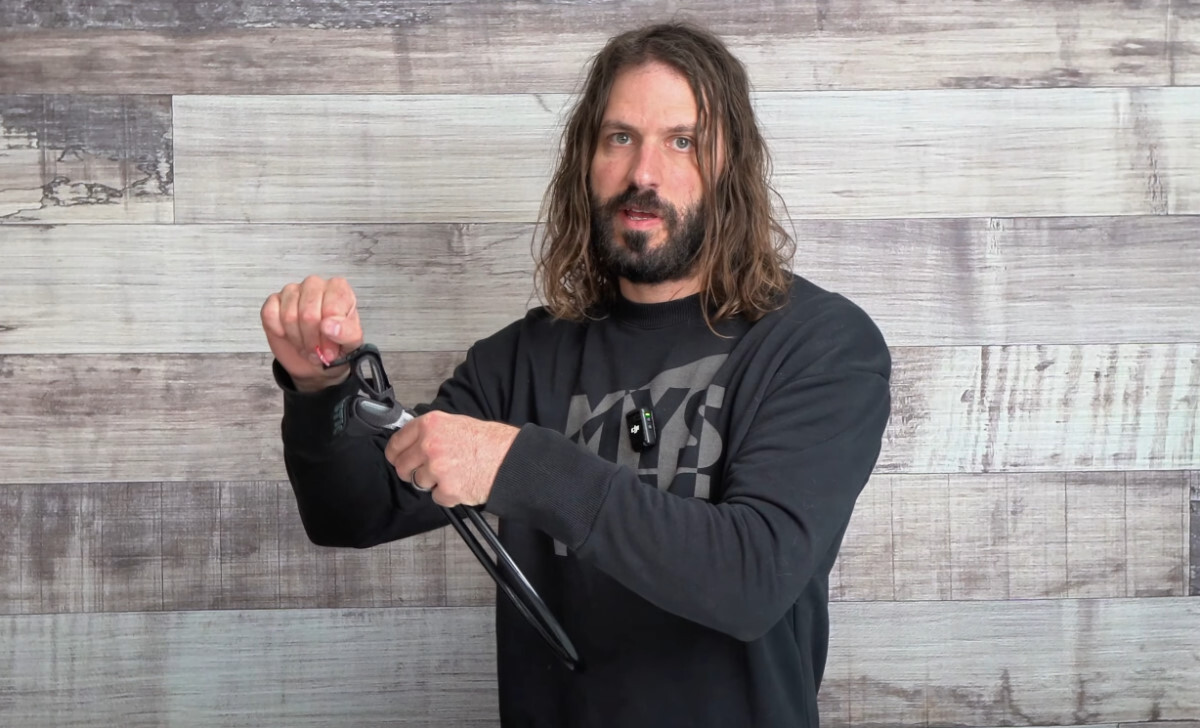
One way to figure out what you need is to simply grab a length of string or rope to make a mock setup. Hold your arm where you like it and then run the string between your hand and your waist where your hook would be. Be sure to double it back up to your hand if you're going to use a loop setup.
If you need any help choosing your harness setup, feel free to reach out to the shop. We can go over the pros and cons for your style of riding and conditions and make sure you pick the gear you're going to be happy on.
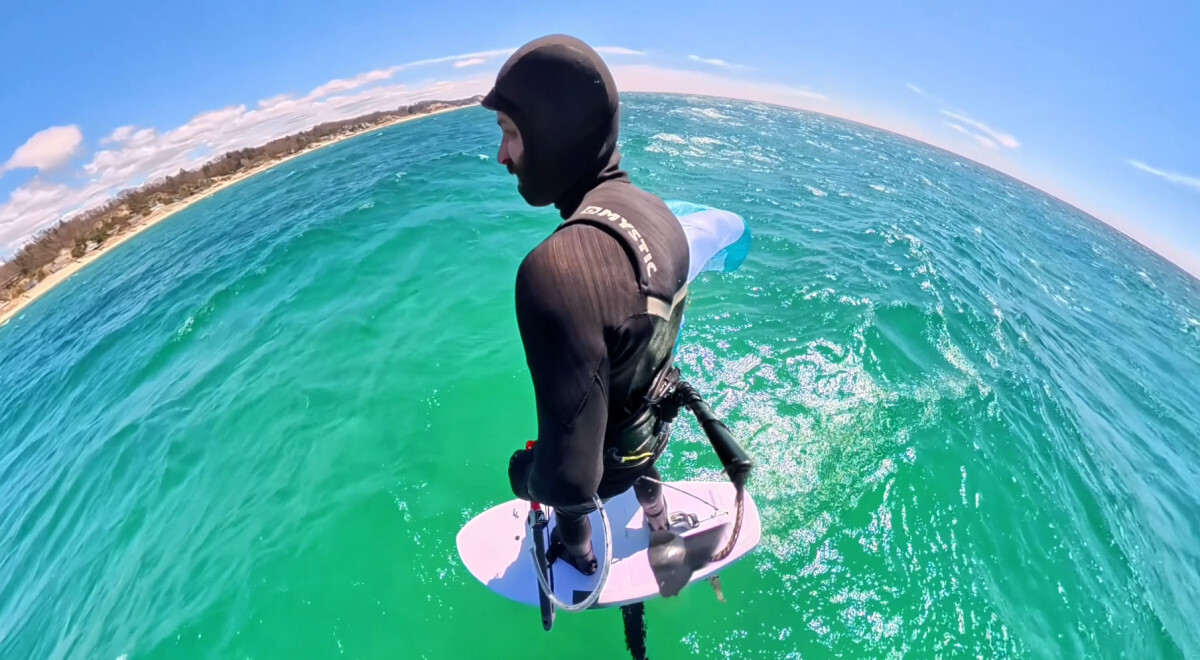
MACkite Subscription Links:
YouTube | Instagram | Spotify Oddcasts
Contact MACkite Below:
800.622.4655 | Kiteboarder@MACkite.com | LIVE Chat Messenger

Recent Posts
-
2025 Reedin Supernatural | The Wing We Keep Fighting Over?
Reedin's SuperNatural wing is back for 2025. Last year's model was a shop favorite, so how do …3rd Jul 2025 -
Flysurfer POW vs. Ozone Pocket Rocket | What Sets These Parawings Apart?
Ozone and Flysurfer are two brands well-known for their ram-air foil kites, so it comes as no …2nd Jul 2025 -
What We Got Wrong About the 2025 Duotone Evo D/Lab LTD
Jake's back with a quick follow-up to add some more details about the Limited Edition Evo D/L …30th Jun 2025

